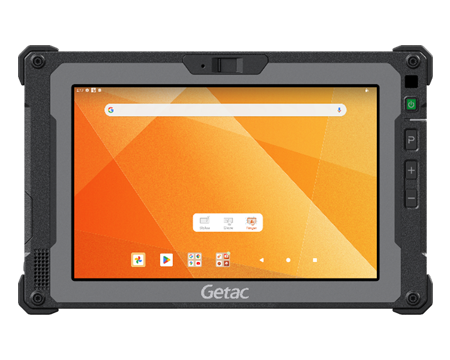How edge computing supports your IoT solutions
You might have heard the term ‘Internet of Things’ (IoT) before. IoT solutions, such as sensors and cameras, allow you to link various solutions together to gather new information. With these new insights you can make better decisions, save energy and make processes more efficient.
But what about the disadvantages of IoT solutions? They require quite a lot of data and bandwidth. Fortunately, a solution for this exists: edge computing.
Internet use that keeps growing
The average internet user uses around 1.5 gigabytes of data per day. That’s a high number, especially considering that an aeroplane uses around 5 gigabytes. And that number would increase dramatically if we made all IoT solutions communicate with each other. A gigantic impact that would be almost impossible to process.
There are various ways to tackle this problem. For example, we might decide to send raw data to a cloud service provider. That provider can then send back smart information.
Or we can choose for with edge computing: a smart and innovative solution.
Are you on the edge?
Edge computing means “storing and processing information locally, as closely to the data source as possible”. An IoT machine often has insufficient processing power and storage capacity to take care of storage and processing itself, so it simply sends mass data to the cloud. We can make this process more efficient with a mini data centre, which manages all information from various local IoT machines locally.
This so-called ‘decentralised’ approach allows us to process data without burdening the network too much.
Edge computing is also called ‘Gateway’. This term dates back to the previous millennium, but the new gateways are a little smarter. They contain a small processor that can process information. In addition, gateways can be equipped with artificial intelligence (AI).
The possibilities of Edge Computin
You can make full use of your IoT solutions, without fear of overloading your current network. That introduces quite some advantages. Let’s sum them up:
- Increased security, thanks to smart sensors that immediately detect danger before it can actually happen. These small sensors can be installed simply in addition to your current solution: their data is processed locally. Extra security without extra efforts!
- The well-known ANPR cameras on motorways don’t need to send tons of data (video etc.), but process all information of passing cars locally. No vast server rooms, no cable webs, all thanks to edge computing.
- The maintenance of the current machines is much more intuitive. With edge computing, tremor sensors in the control cabinet will produce a simple overview of the wear and tear and maintenance level of the machine.
And these advantages are just the beginning. Are you excited to find out what IoT and edge computing can mean for you? Take a look at our products.
Edge computing with Microtron: the cloud 2.0
Microtron offers a great variety of edge computing solutions. Your current infrastructure will be future-proof, and with cloud connections that don’t strain your network as much, they make your IoT hardware more efficient, creating a more stable setup in general. We help you select the right tools for your data processing and storage demands, as well as make the right decisions concerning, say, sensors that turn your equipment into smart machines.
Do you want to know how? Contact our edge computing specialists.
This message belongs to the following markets & applications:
Customized advice?
Our employees are happy to help you

